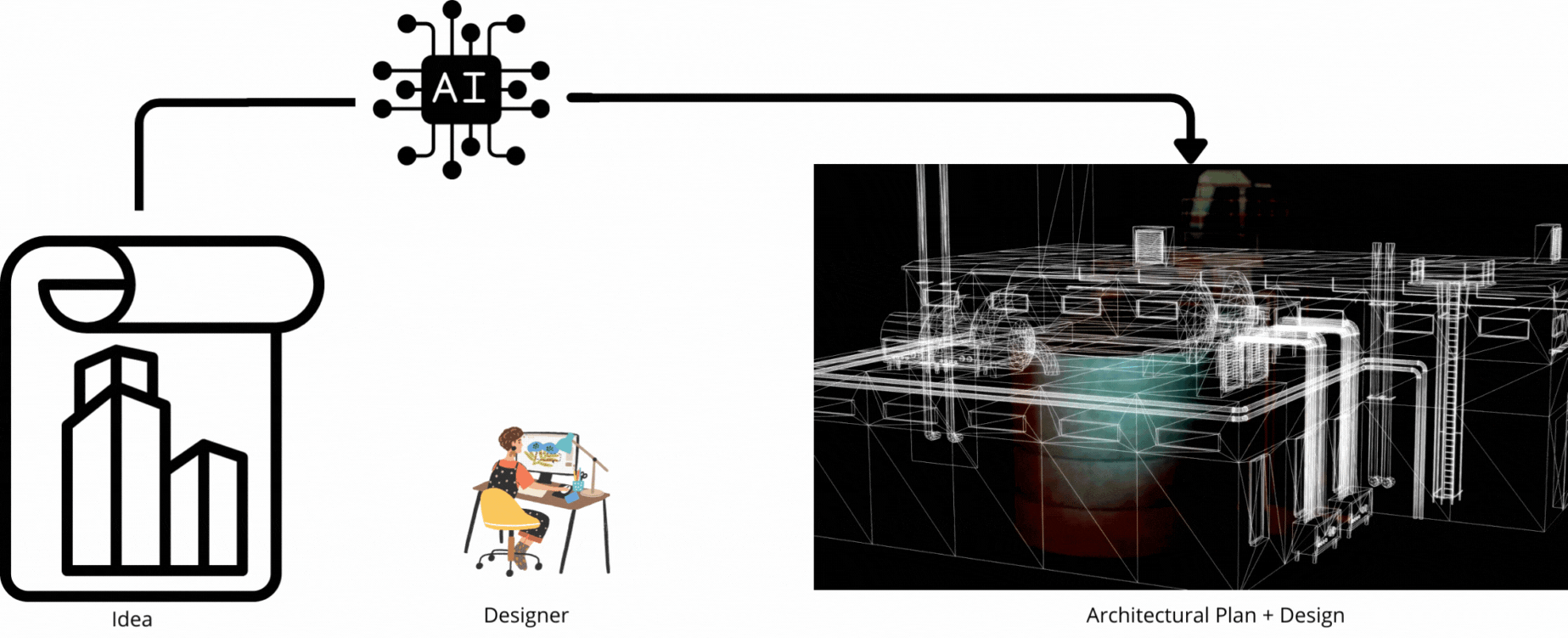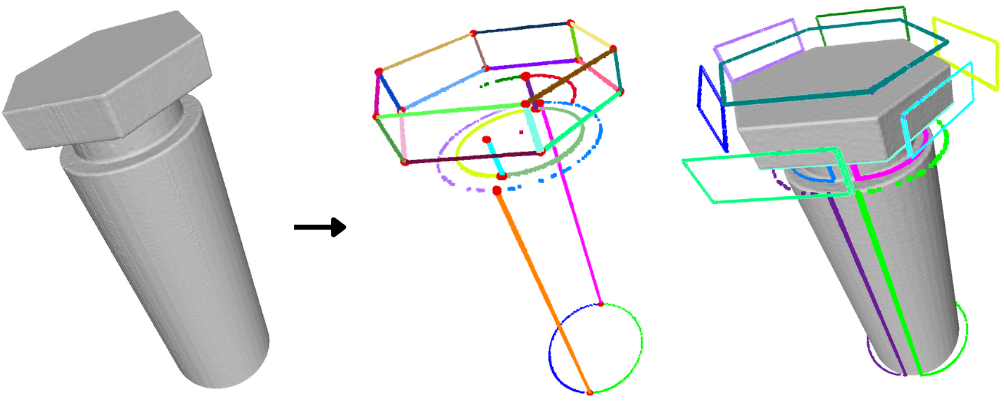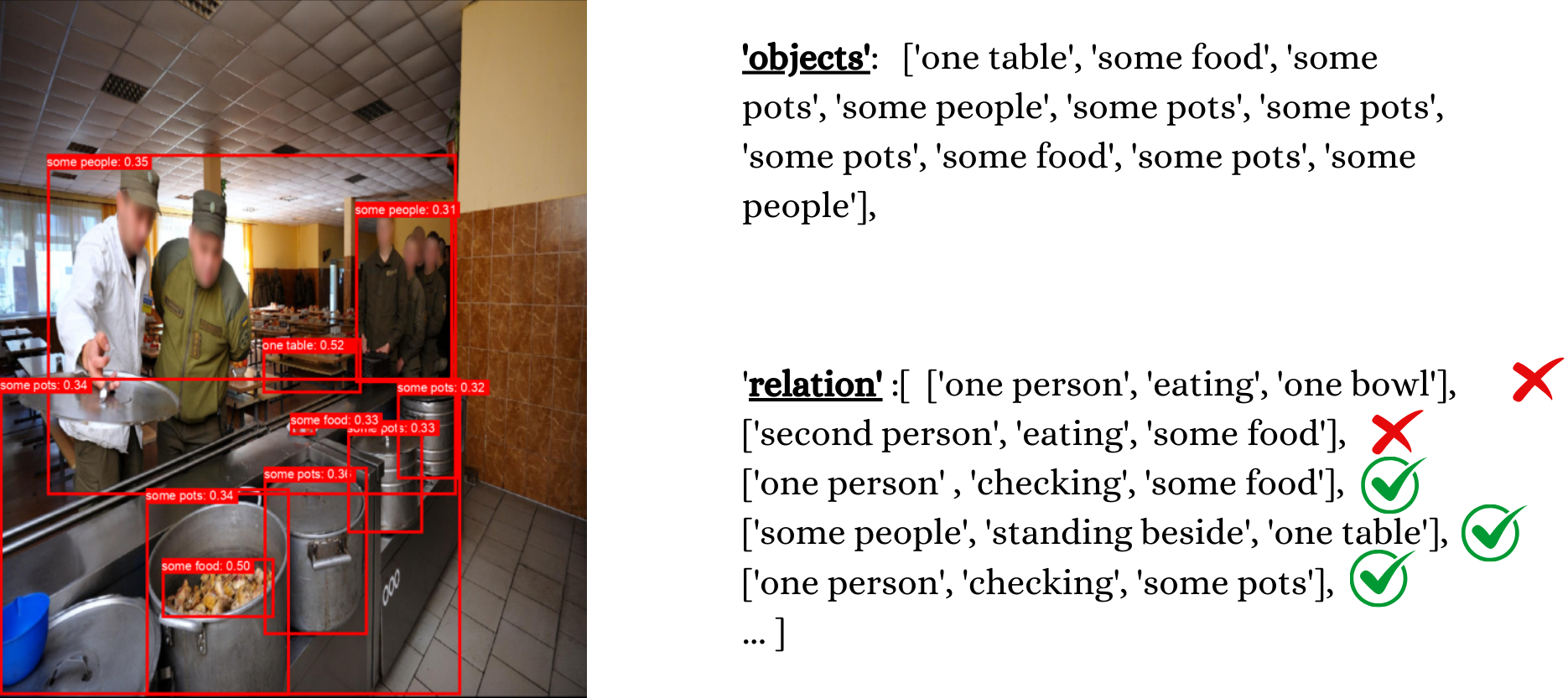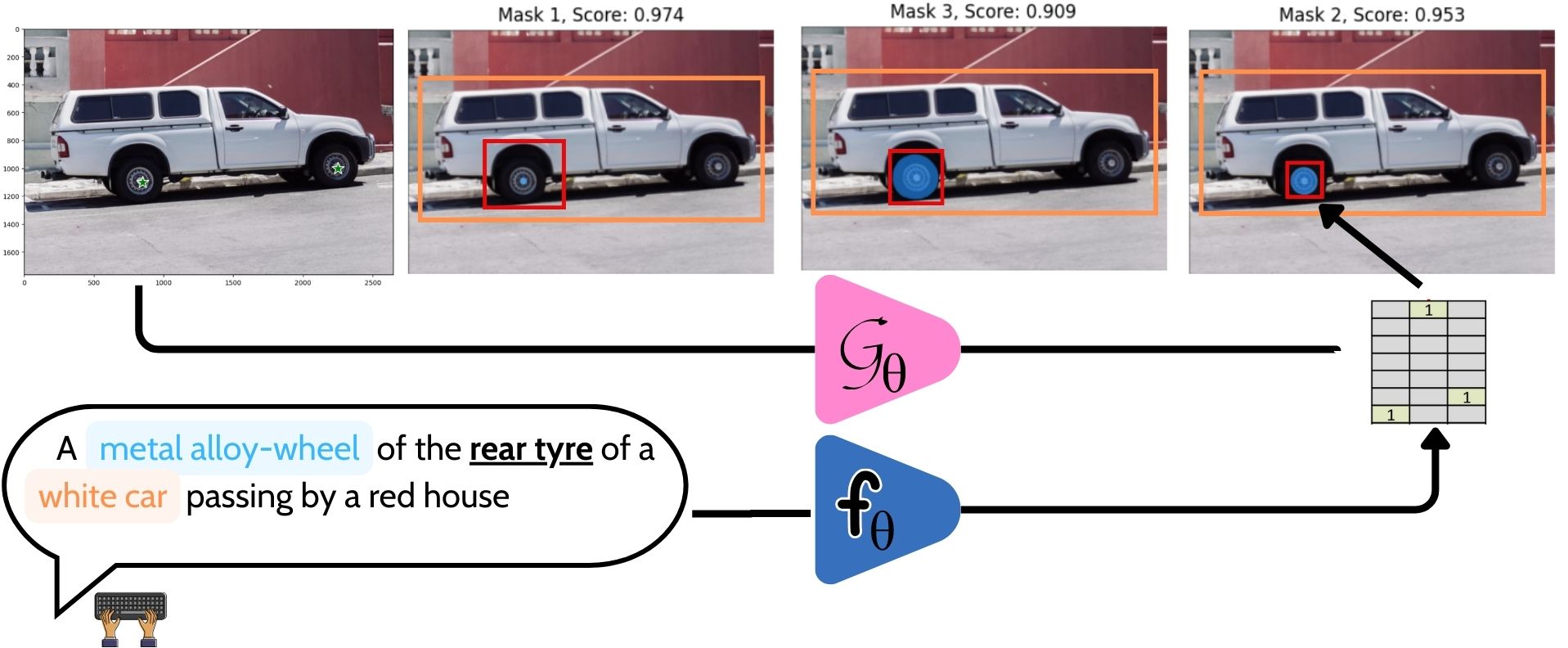-- projects --
Lab/Design/Study Projects
The projects fall under one of the three categories: (1) Design Projects, (2) Lab Projects, or (3) Study Projects. Please fill the » Google form here « after selecting your projects below:
Study Projects
Project_SS1_2425_1_Study: Artificial Intelligence (AI) and Machine Learning (ML) in CAD modeling

- This study project aim to document how Artificial Intelligence (AI) and Machine Learning (ML) are transforming 3D feature-based CAD modeling by enhancing design automation, optimization, and feature recognition Lee et al. Journal CDE 2021. AI algorithms, such as Convolutional Neural Networks (CNNs) and Generative Adversarial Networks (GANs), enable the automatic generation and refinement of CAD models, reducing the need for manual intervention and expediting the design process. ML techniques, including supervised and unsupervised learning, are employed for feature extraction and recognition, enabling more accurate and efficient identification of complex geometries and patterns within CAD models Huang et al. MDPI Sensors 2021. The advancements in AI and ML are revolutionizing the field of 3D CAD modeling, making the design process more intelligent, efficient, and capable of handling complex engineering challenges. The main tasks in this project include :
- Weekly meeting
- Literature review and understanding of opensource codes + public datasets
- Write a 5 page project report in LaTex (check Overleaf)
- Intermediate (15 mins) and final (30 mins) presentations of the results and overall project
Project_SS1_2425_2_Study: Artificial Intelligence (AI) in Architecture Design and Planning

- Artificial Intelligence (AI) is revolutionizing architecture design and planning by enhancing creativity, efficiency, and precision. AI algorithms analyze vast datasets to optimize space utilization, energy efficiency, and aesthetic appeal. Generative design tools allow architects to explore countless design alternatives, automatically adjusting parameters to meet specified criteria. Machine learning models predict project outcomes, streamline workflows, and improve decision-making processes. AI also facilitates sustainable design practices by simulating environmental impacts and optimizing resource usage. According to Baduge et al. Journal AIC 2022, AI-driven systems are transforming architectural workflows, enabling data-driven design strategies. Additionally, Shuai Ma et al. ArXiv 2024 highlight the role of AI in enhancing collaborative design processes and integrating multidisciplinary inputs. As AI technologies evolve, their integration in architecture promises more innovative, efficient, and sustainable design solutions. The main tasks in this project include :
- Weekly meeting
- Literature review and understanding of opensource codes + public datasets
- Write a 5 page project report in LaTex (check Overleaf)
- Intermediate (15 mins) and final (30 mins) presentations of the results and overall project
Lab Projects
Project_SS1_2425_1_Lab: Deep Neural Networks for Boundray/Edge Segmentation on 3D Scans

- This project is about development of Deep neural networks (DNNs) in boundary and edge segmentation of 3D scans, especially when they are noisy. The neural model must be able to learn complex spatial features and accurately delineate CAD boundaries within 3D scans. CNNs, such as PointNet++ and PointCNN can be used used to capture local geometric structures Qi et al., IEEE CVPR 2017. GNNs can also exploit the topological relational structure of points (member of different boundary segments) to enhance edge detection. The main tasks in this project include :
- Develop Neural-network using PyTorch-Lightning framework
- Pre-processing and Post-Processing of Datasets
- Write a 5 page project report in LaTex (check Overleaf)
- Intermediate (15 mins) and final (30 mins) presentations of the results and overall project
Project_SS1_2425_2_Lab: Multi-view Imaging and Rendering of 3D CAD Models

- This project is about development of precise multi-view imaging and rendering of CAD models such that inaccessible areas of such models are visible in the rendered images. Primarily, it is required to retrieve selective CAD model(s) from a data pool of CAD shapes along with their textual descriptions. e.g., user can input a text like "A CAD model of a disc with one hole at look like a key. Starting with a coordinate system setup, sketching the base and holes, scaling, transforming, and extruding to form a raised rim" to automatically fetch the 3D CAD model as shown above. Thereafter, a simulated multi-view imaging and redering tool will generate images of different visible parts. The main tasks in this project are:
- Implement a small protype of multi-view imaging and rendering of CAD models using Python packages like -- Open3D, Vispy,
- Implement an automatic CAD model's class category retrieval method
- Write a 5 page project report in LaTex (check Overleaf)
- Intermediate (15 mins) and final (30 mins) presentations of the results and overall project
Project_SS1_2425_3_Lab: Vision-Language Models for Robust Visual Relations Recognition

- Vision-language models have emerged as a powerful approach for robust visual relationship recognition, leveraging both visual and textual data to understand complex interactions between detected/grounded objects. These models may also integrate implicit visual grounding, enabling the identification and localization of objects within an image based on textual descriptions without explicit bounding box annotations. Notable works such as Scene Graph Generation by Iterative Message Passing (CVPR 2017), Vision-and-Language Navigation by Learning from Imagined Instructions (CVPR 2020), and ViLBERT highlight the progress in enhancing model robustness and grounding accuracy. The main tasks in this project include :
- Use state-of-the-art VLMs for visual relationship/motifs detection tasks and finetune it
- Generate large dataset containing positively and negatively meaning relationship triplets for a given image (see the figure above).
- Write a 5 page project report in LaTex (check Overleaf)
- Intermediate (15 mins) and final (30 mins) presentations of the results and overall project
Project_SS1_2425_4_Lab: Vision Language Models for Robust Object Detection and Segmentation

- This project is about funetuning existing Vision-Language Models (VLMs) for Robust Visual Relationship Recognition by integrating new type of visual and textual data. This textual data includes large annotations of (person/object)-to-(person/object) relationship triplets to enhance the understanding of interactions between objects in images. These models leverage implicit visual grounding, aligning visual entities with their corresponding textual descriptions without explicit annotations, thereby improving robustness and scalability. Key techniques involve cross-modal attention mechanisms and transformer architectures to capture complex relationships and context Li, Y., et al. TPAMI 2020. Recent advancements in VLMs have shown significant performance gains in benchmarks like Visual Genome, emphasizing their potential in real-world applications Zhang et al. CVPR 2021. Studies presented at conferences such as CVPR and ICCV highlight the importance of incorporating scene context and relational reasoning for more accurate visual relationship detection Zellers et al. CVPR 2021. The main tasks in this project include :
- Use state-of-the-art VLMs for visual recognition tasks and finetune it
- Implement Object detection, and Instance Segmentation tasks in a single deep multi-task learning frameworek
- Write a 5 page project report in LaTex (check Overleaf)
- Intermediate (15 mins) and final (30 mins) presentations of the results and overall project